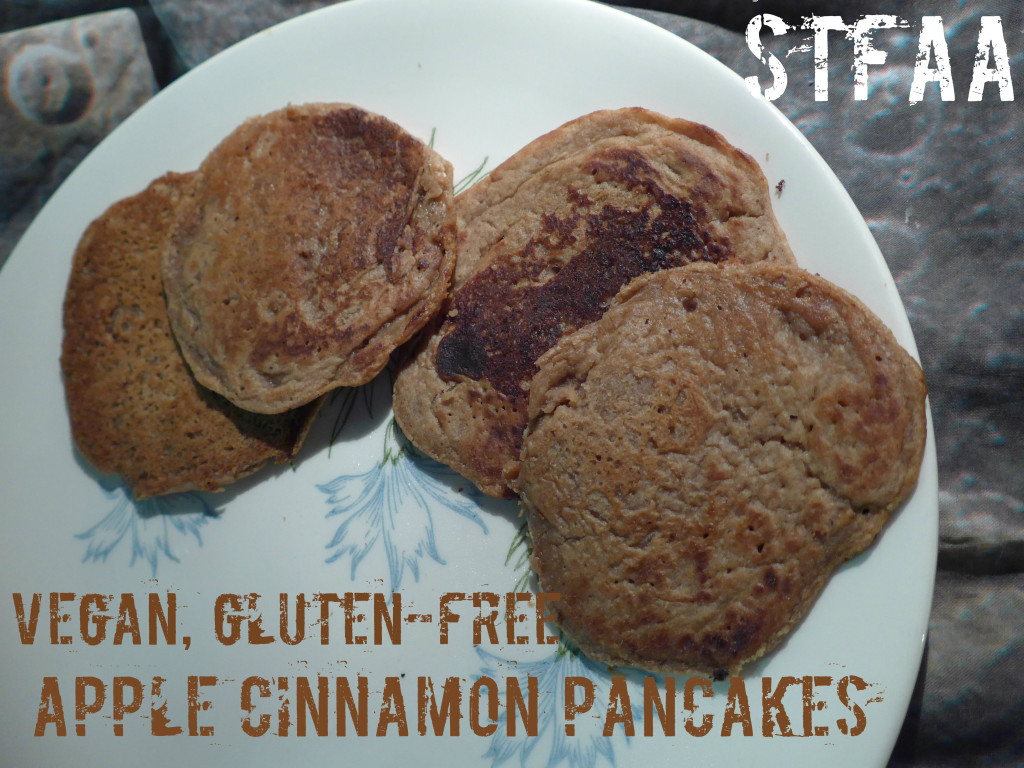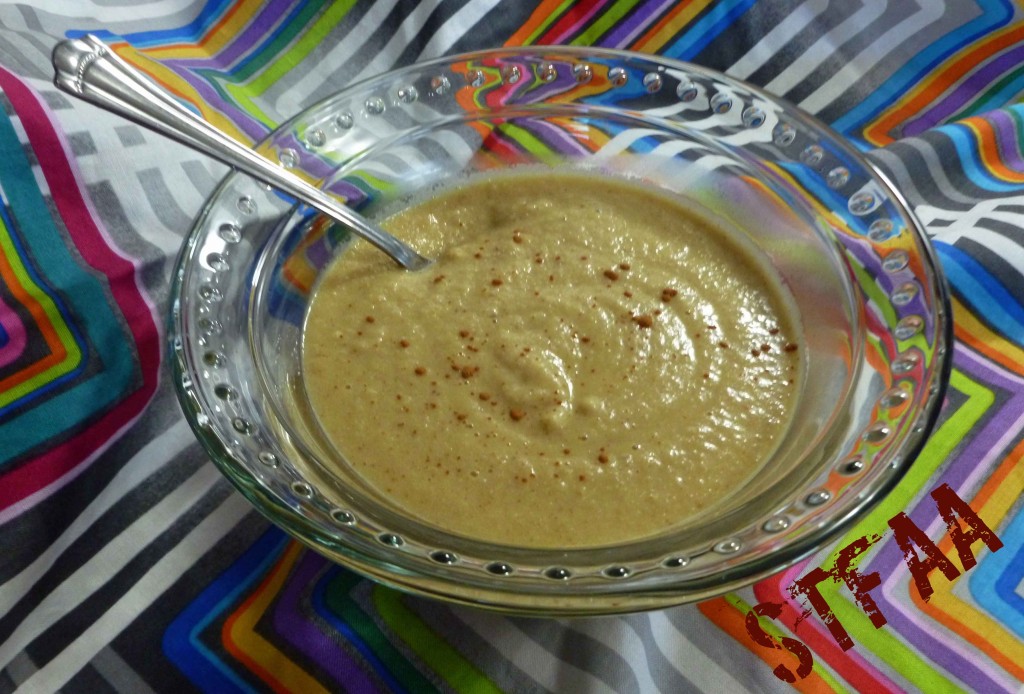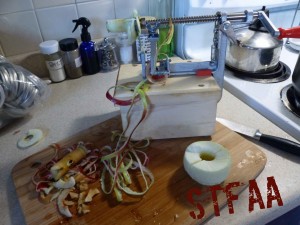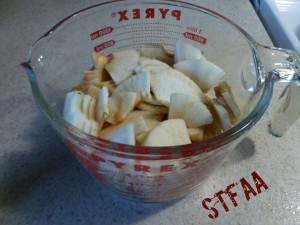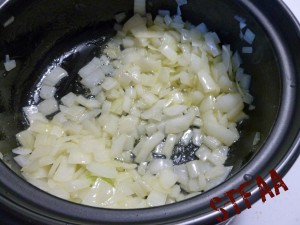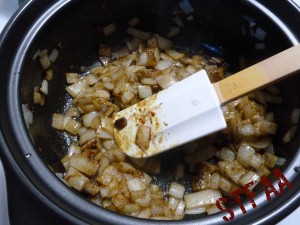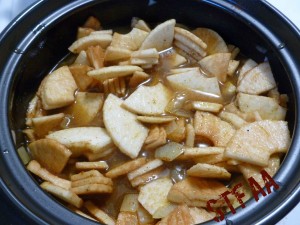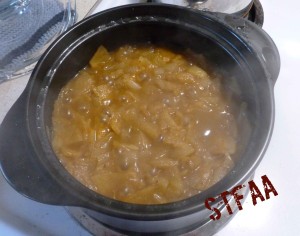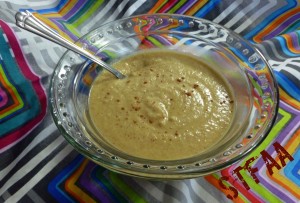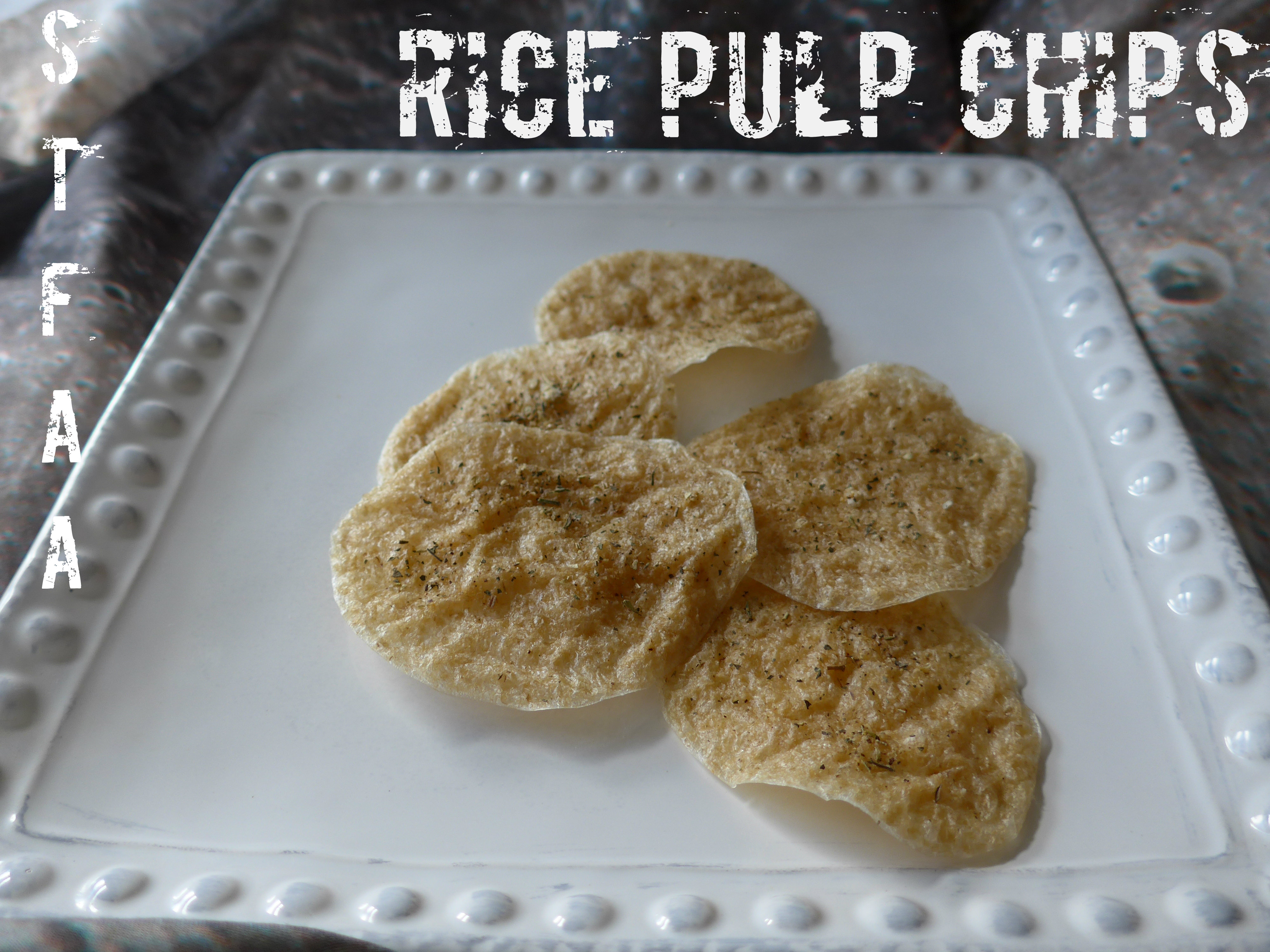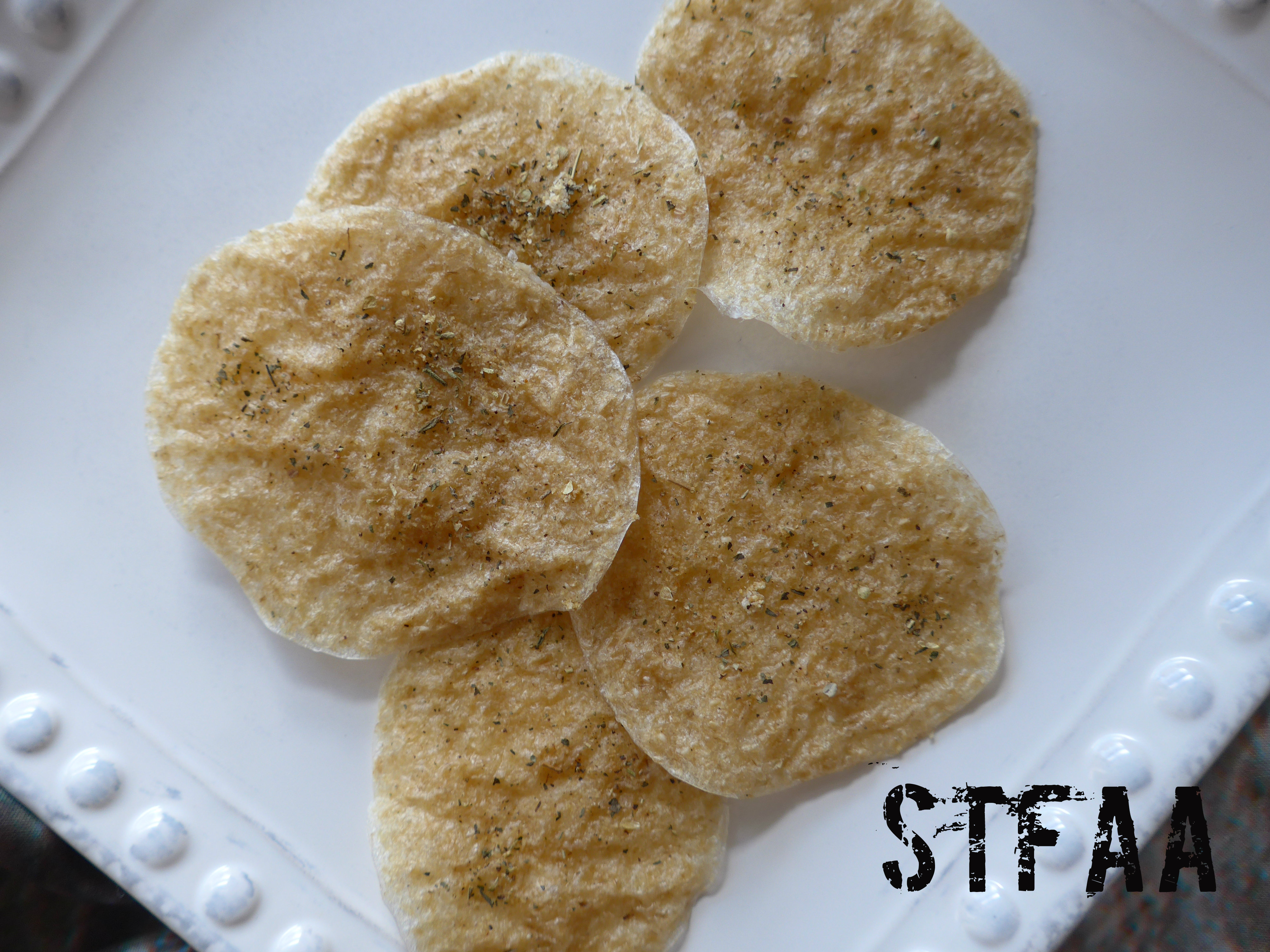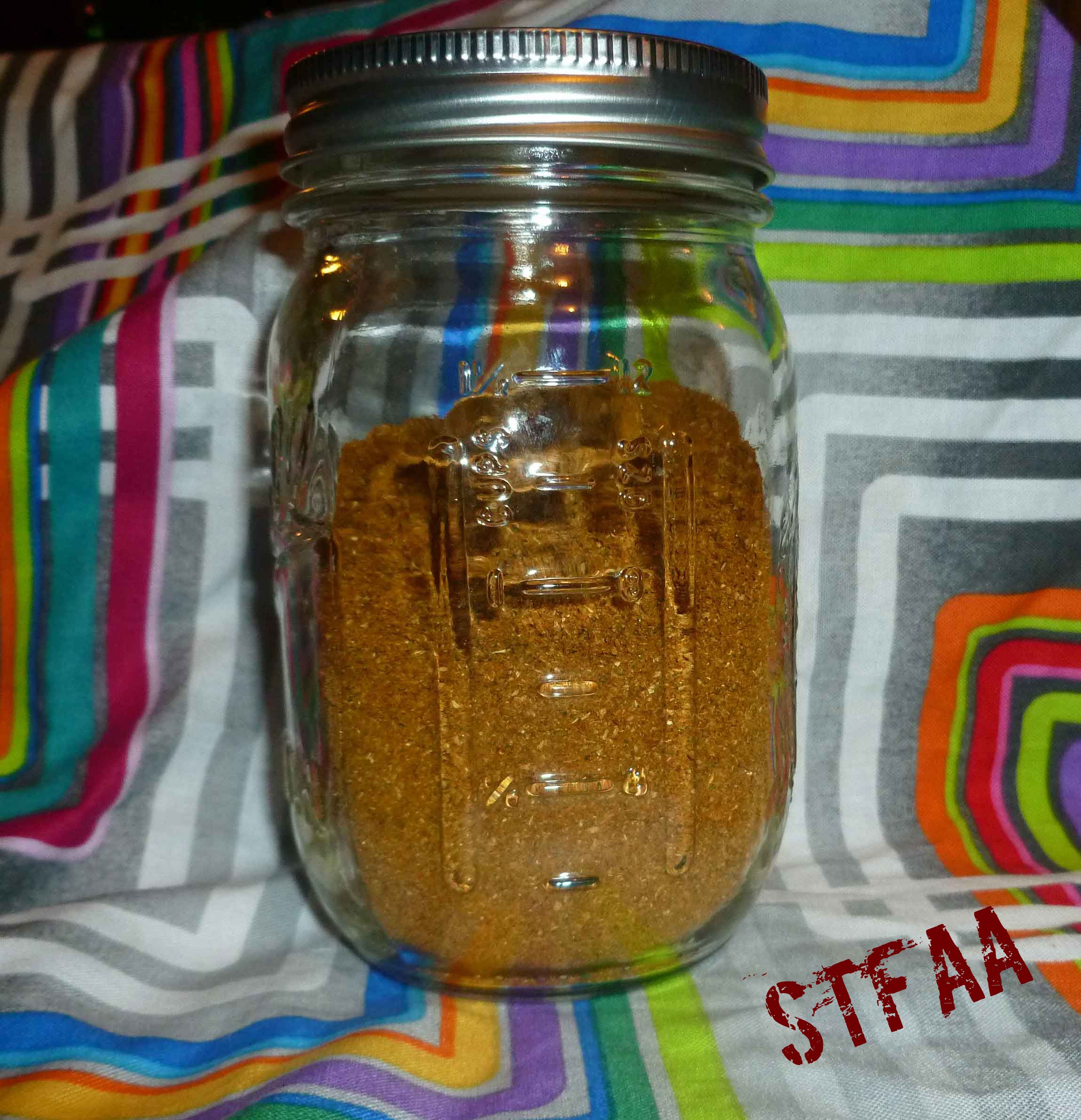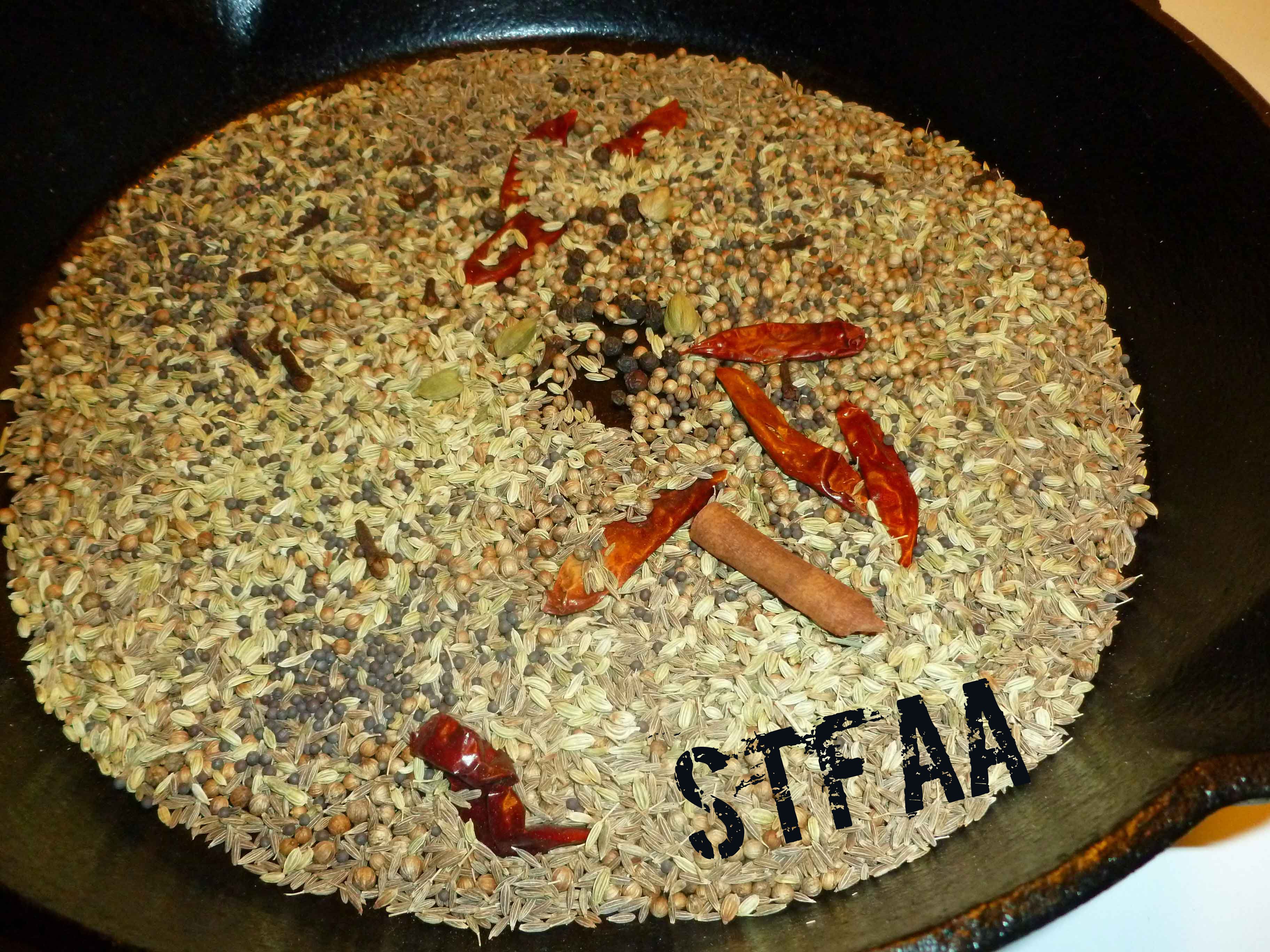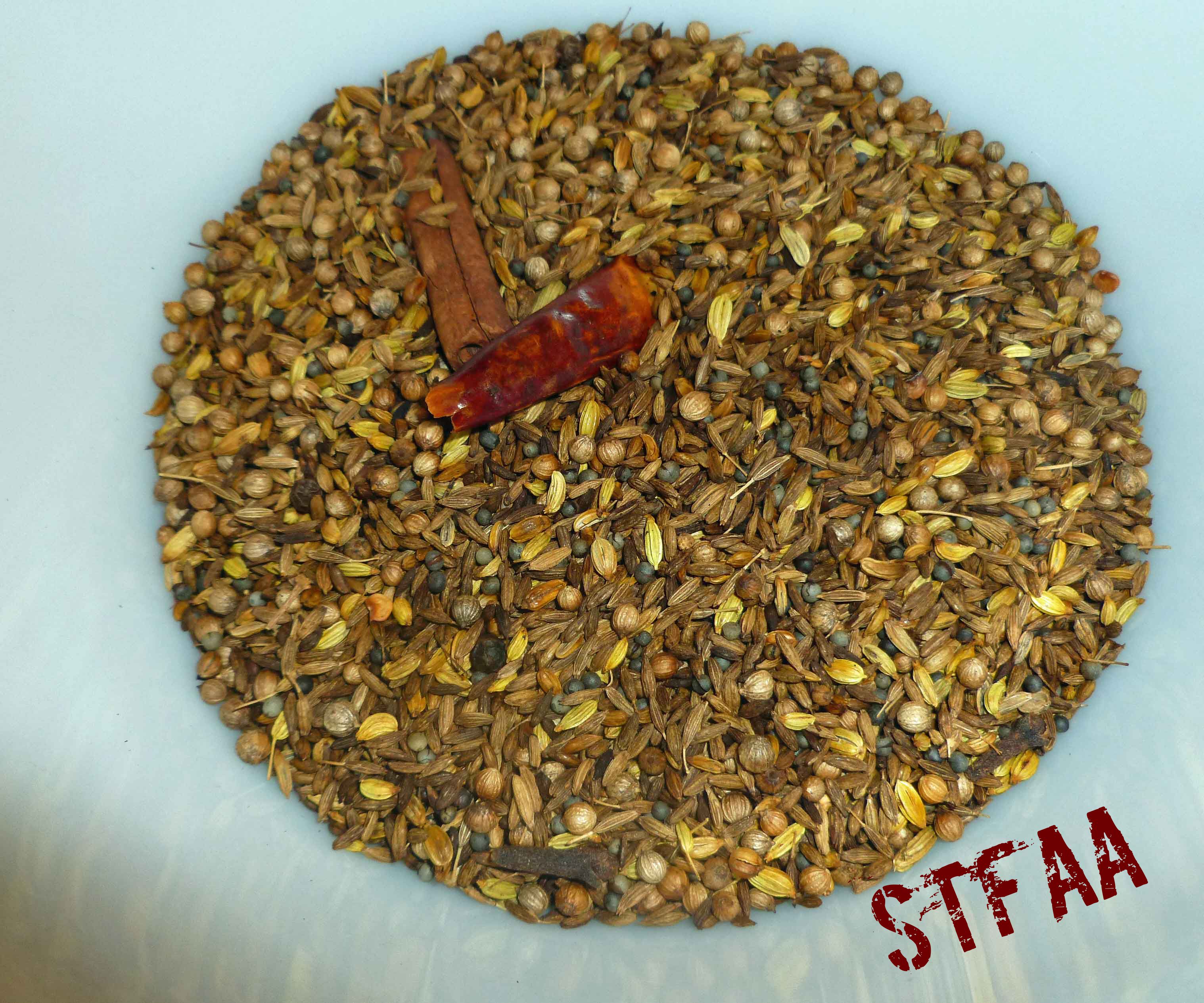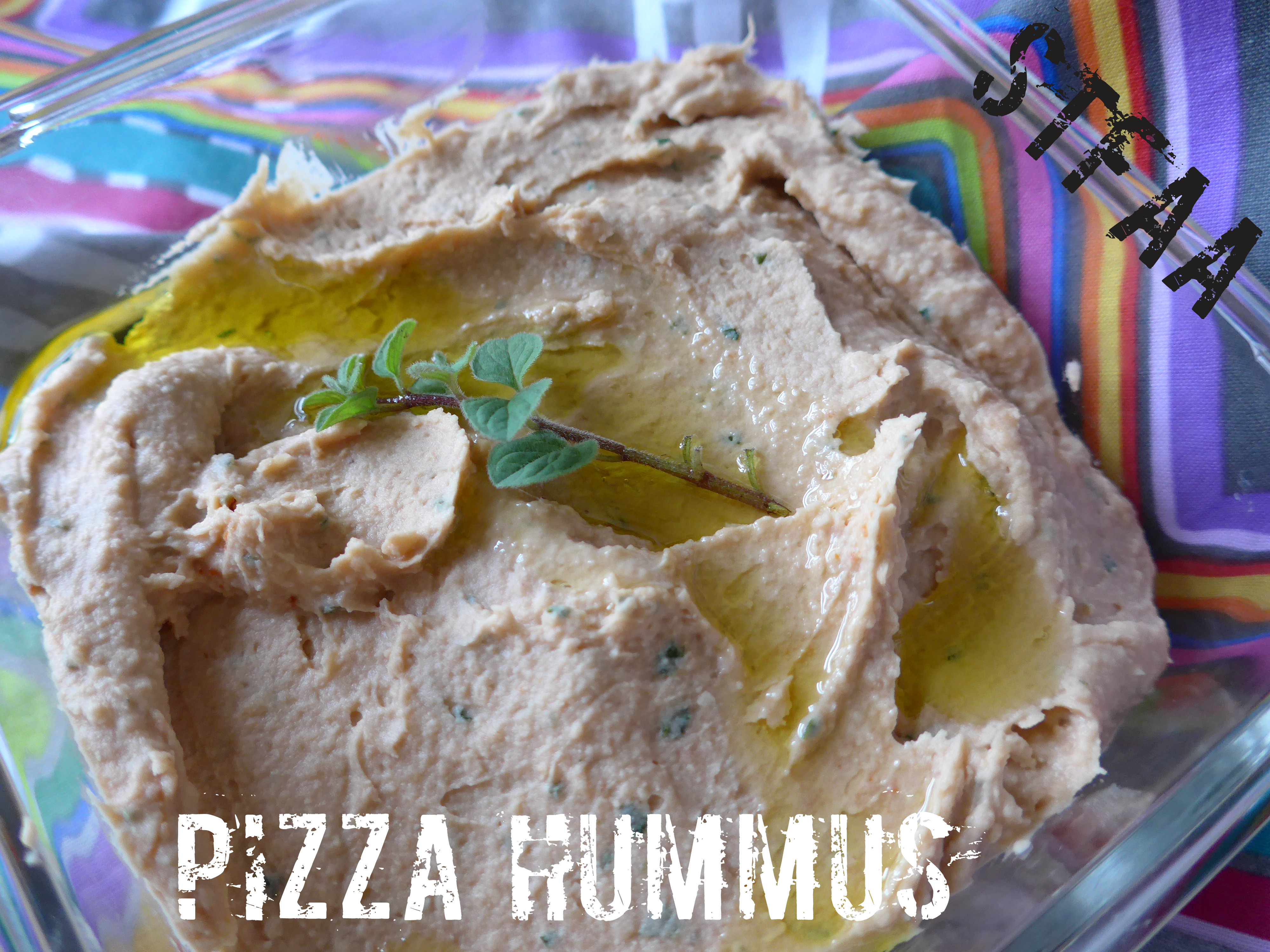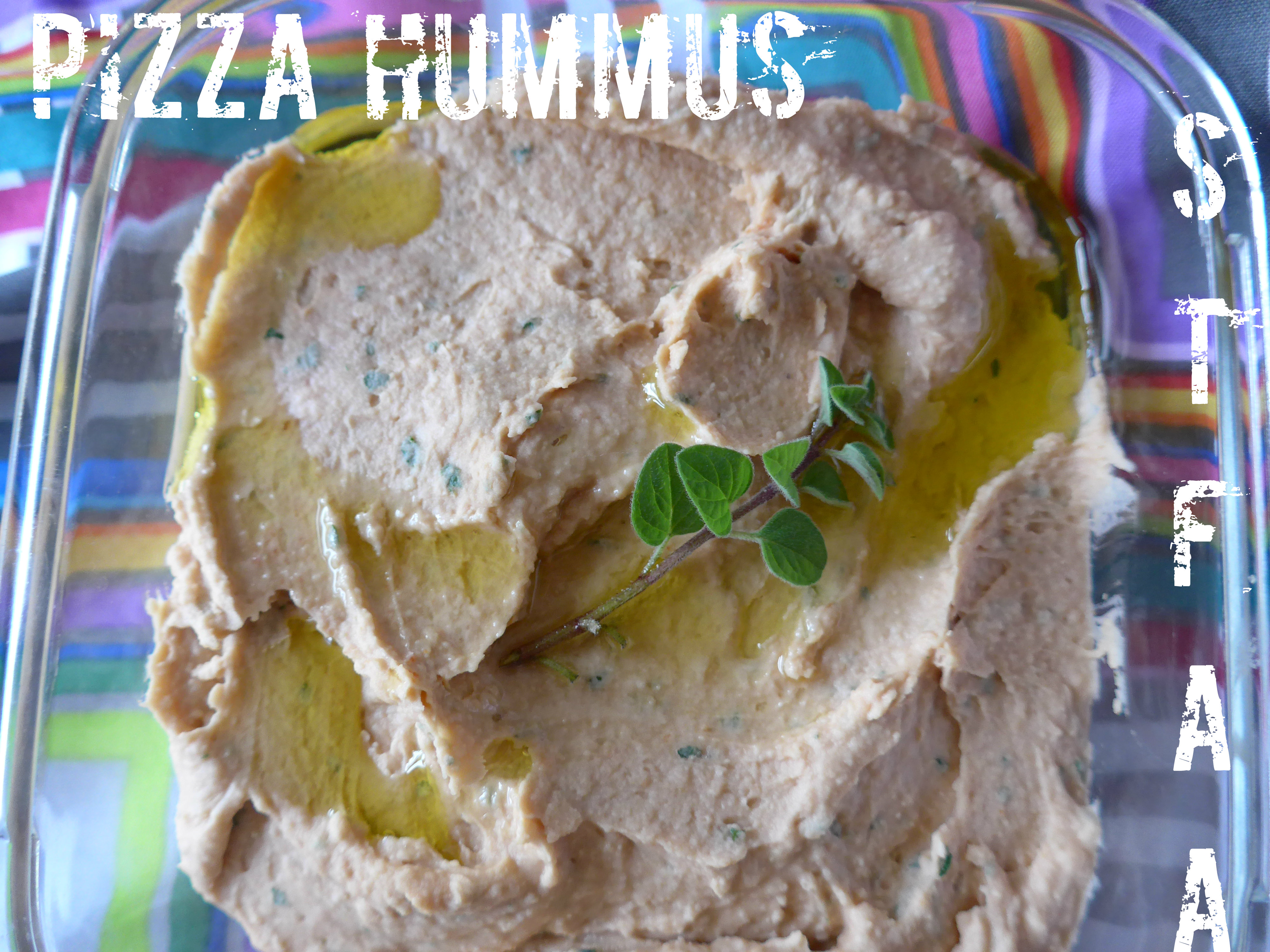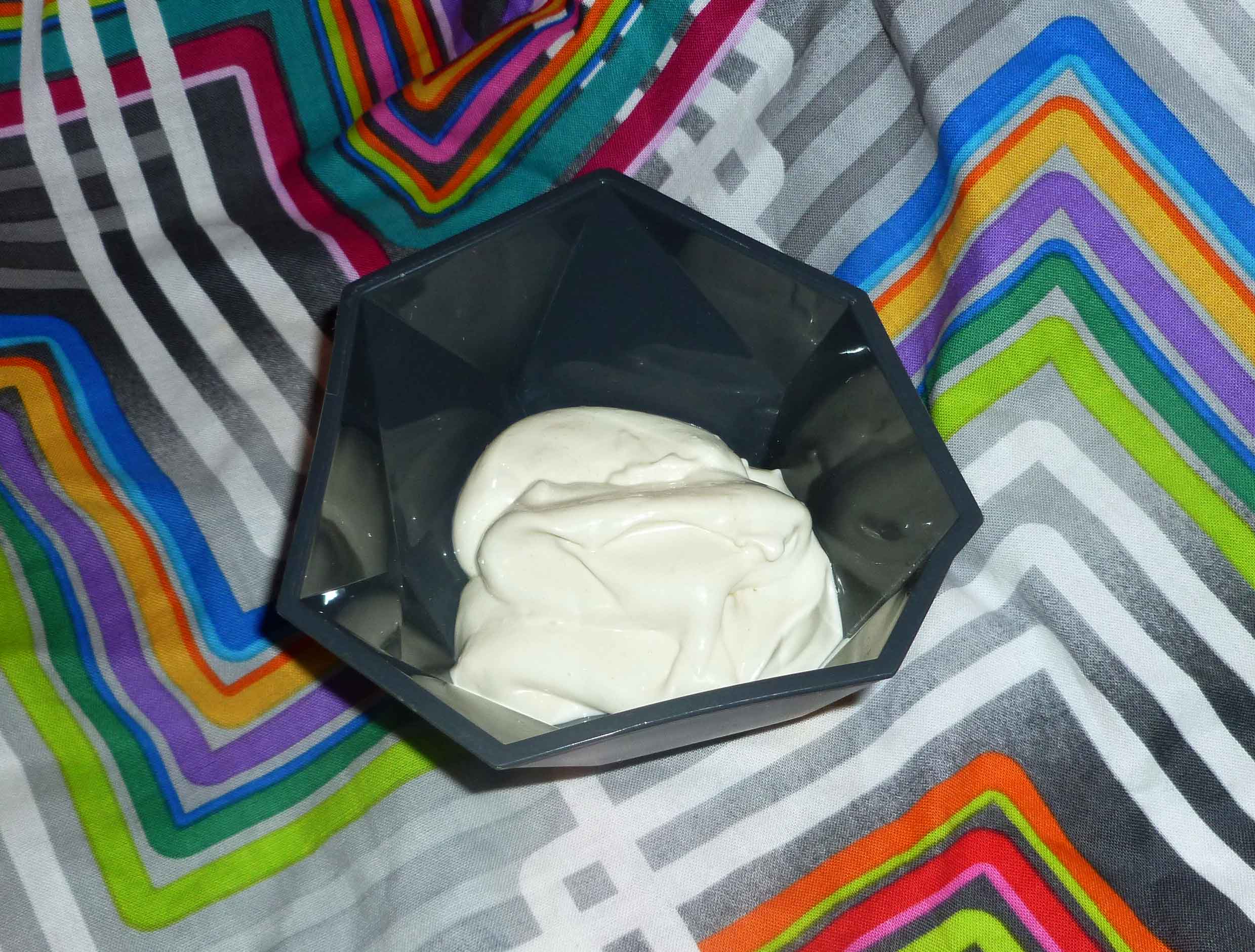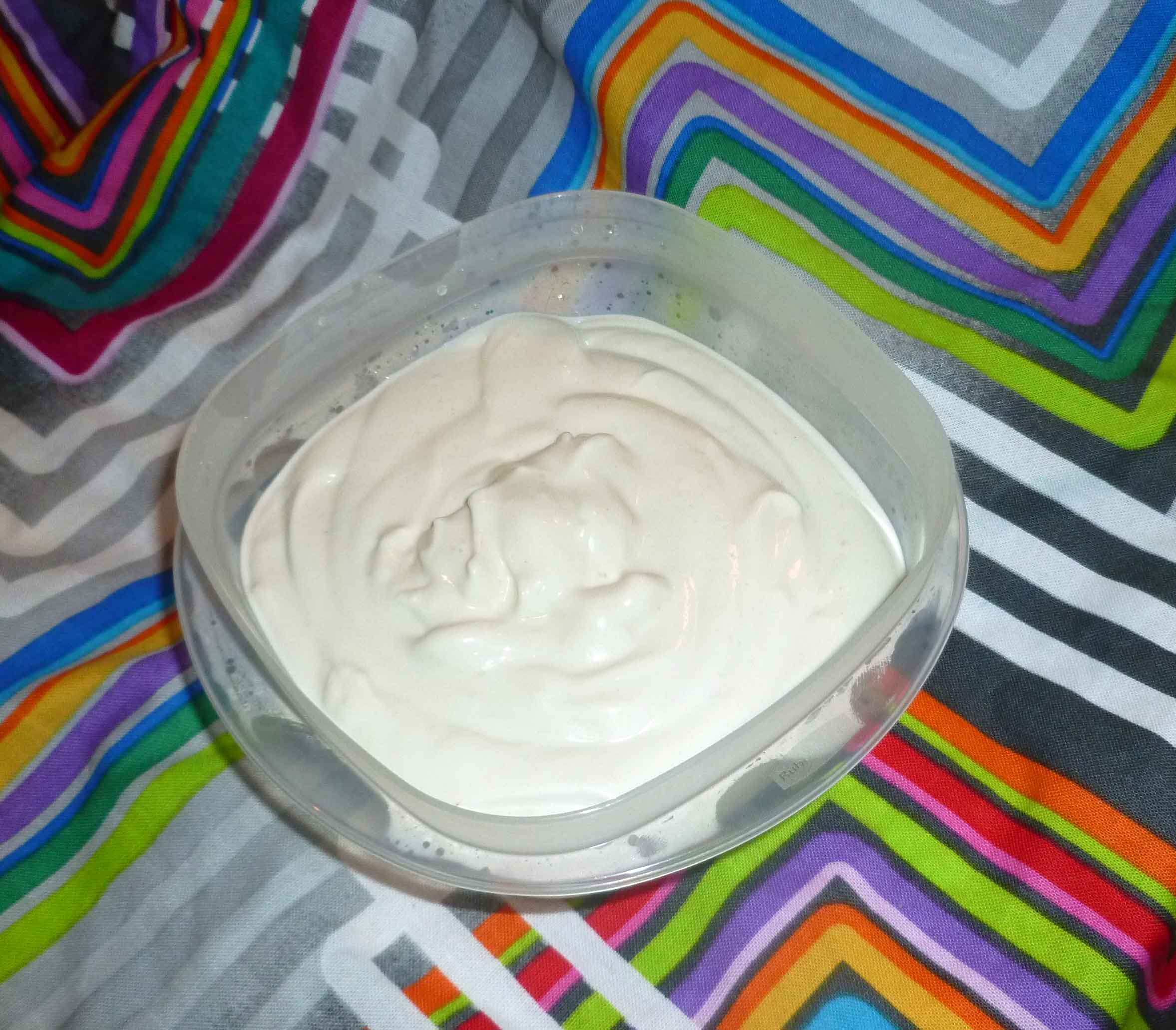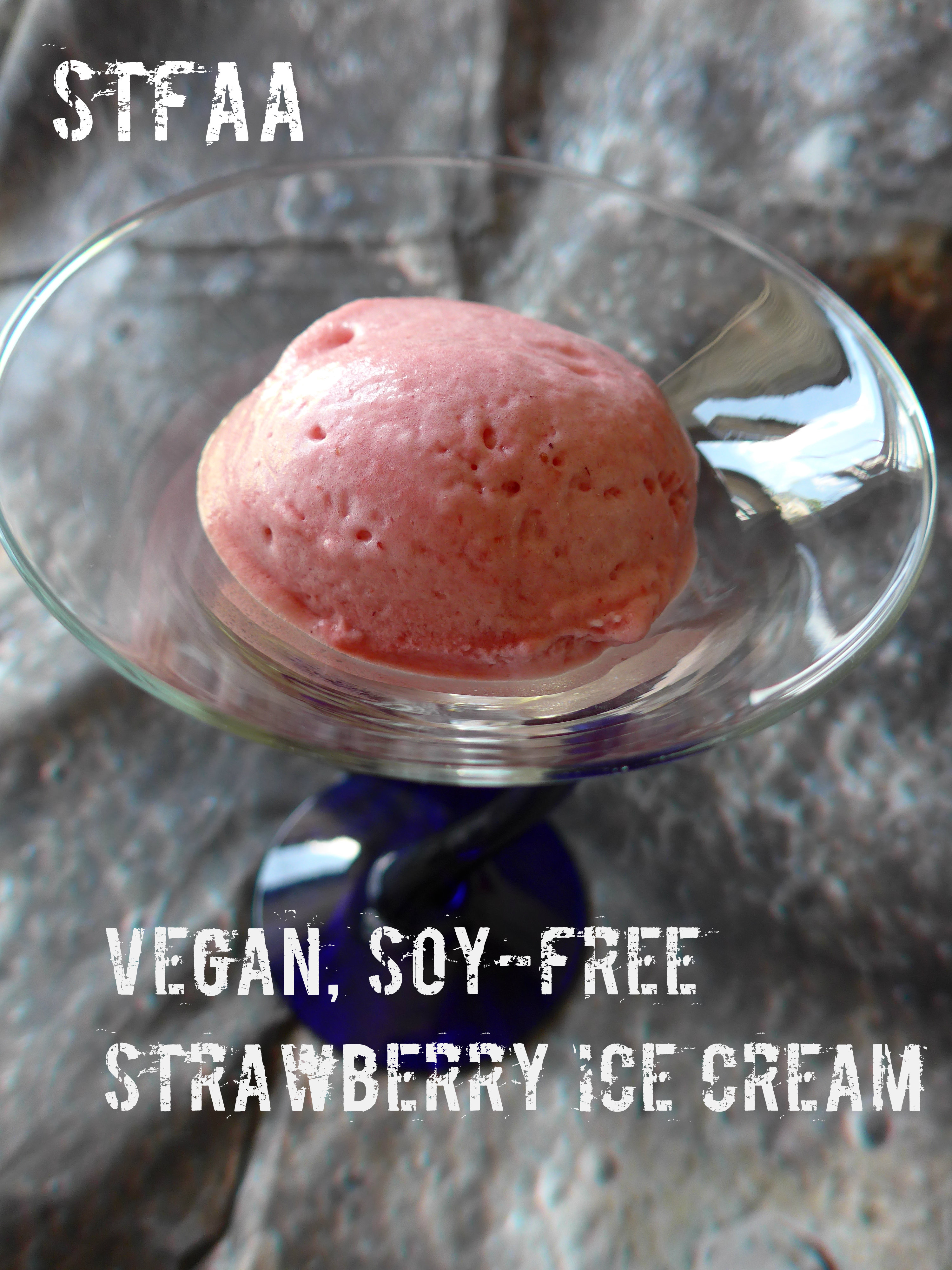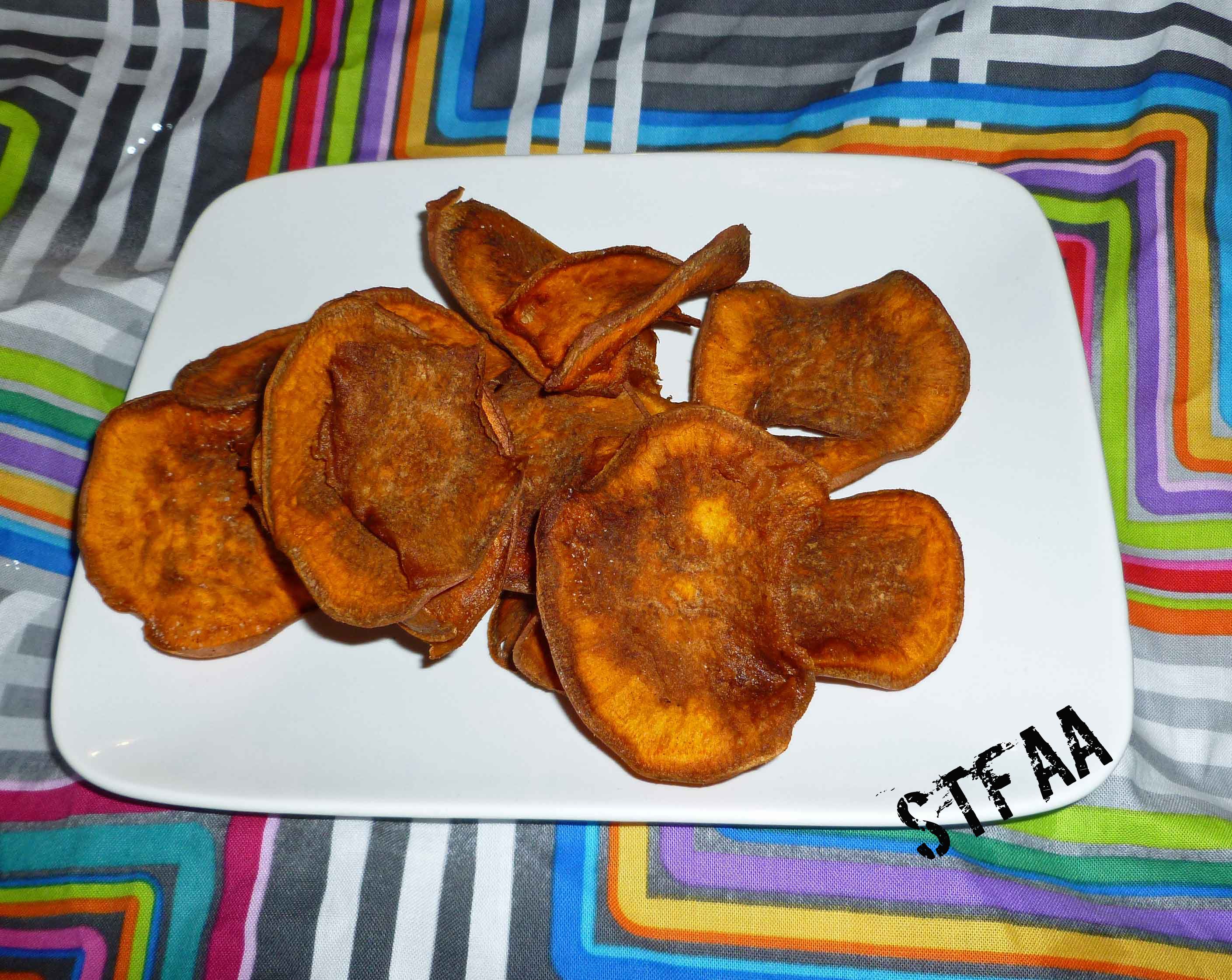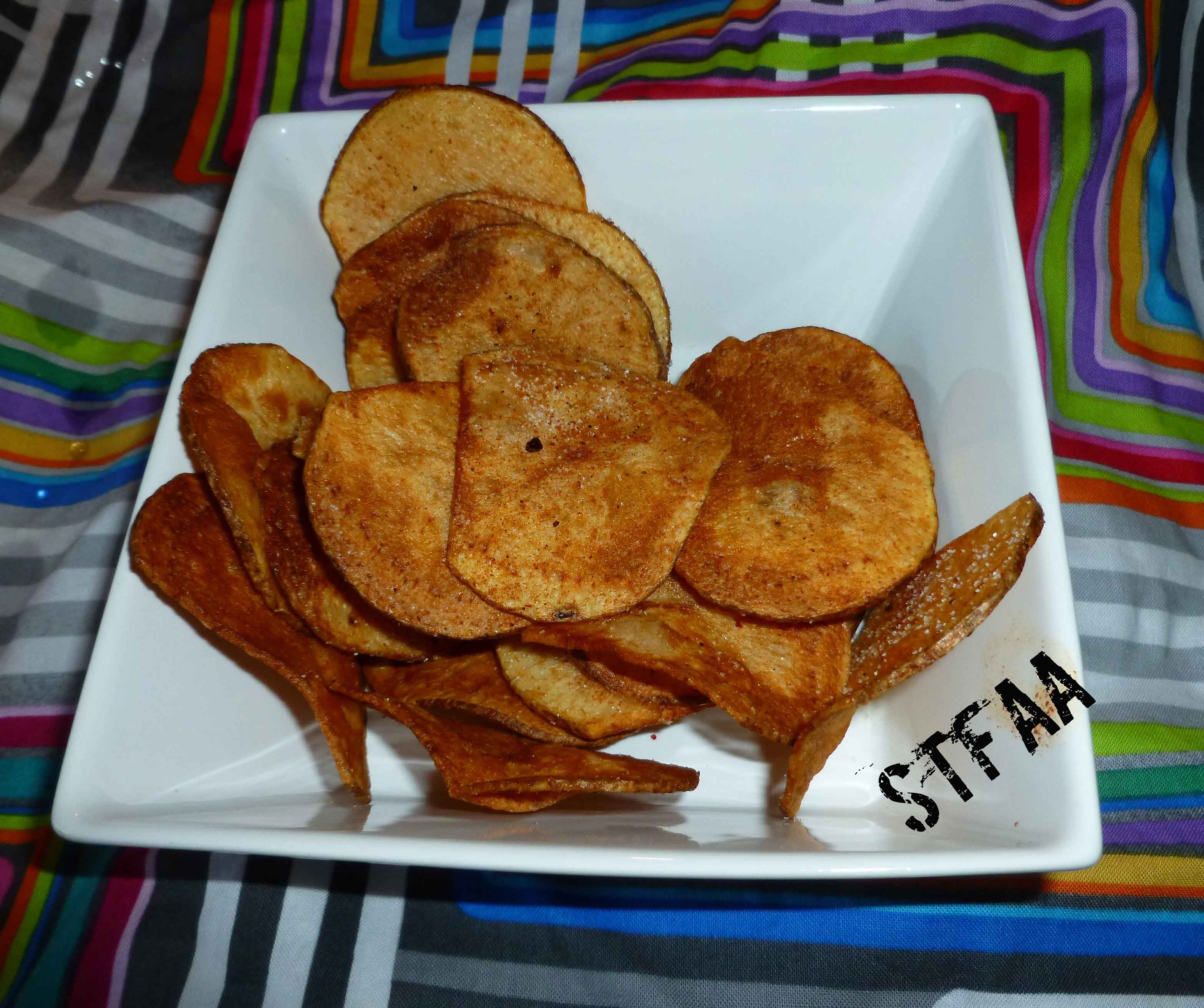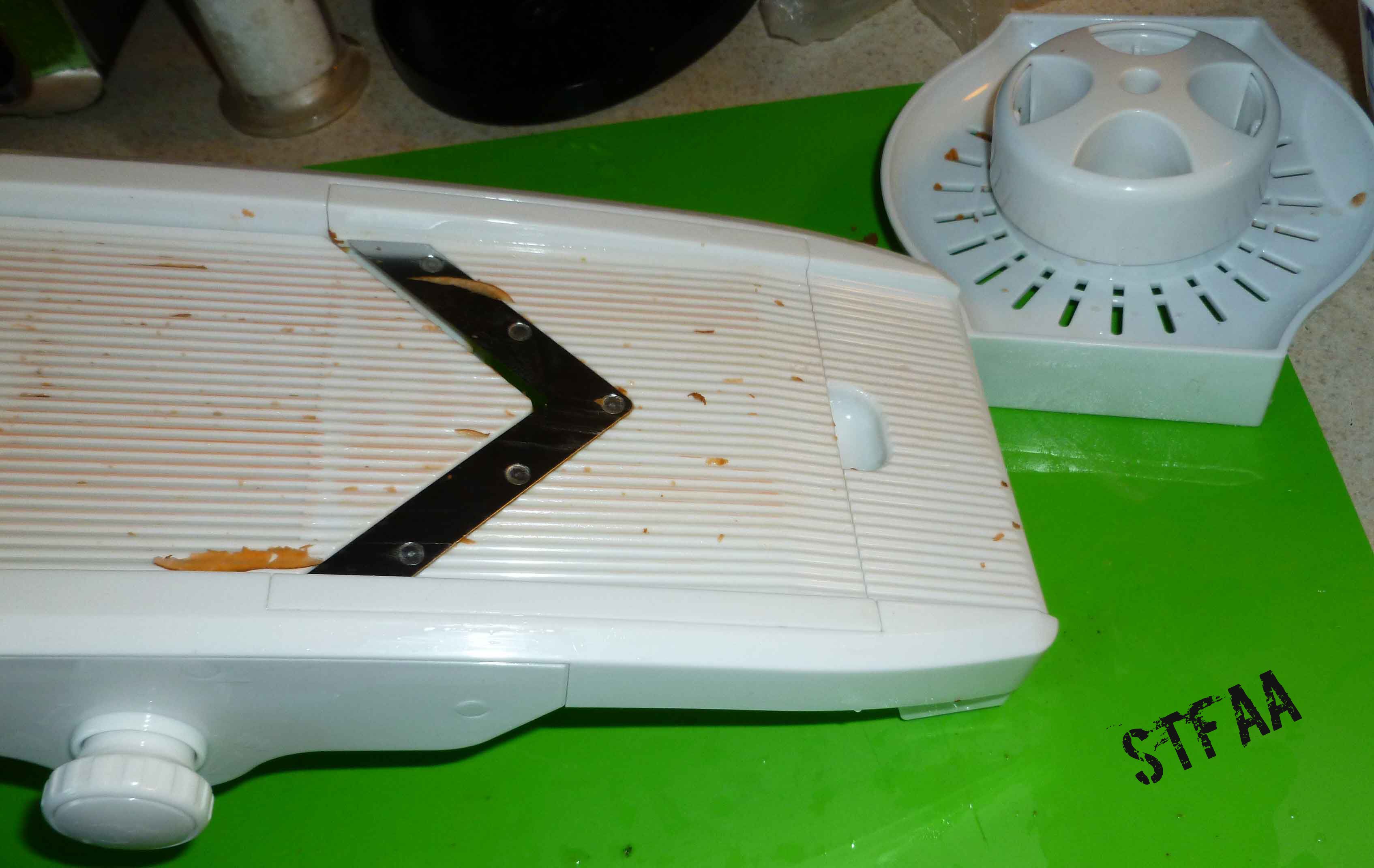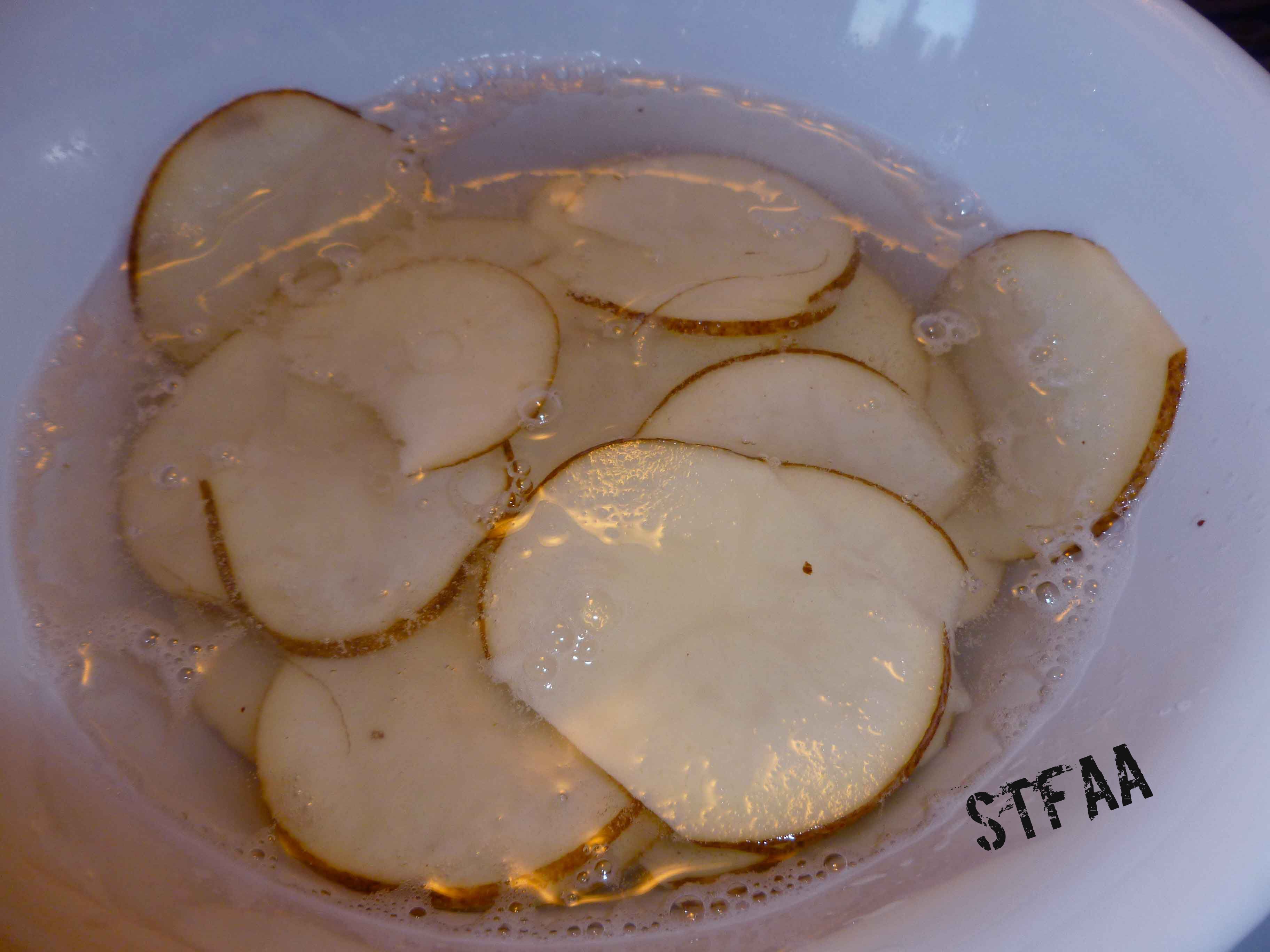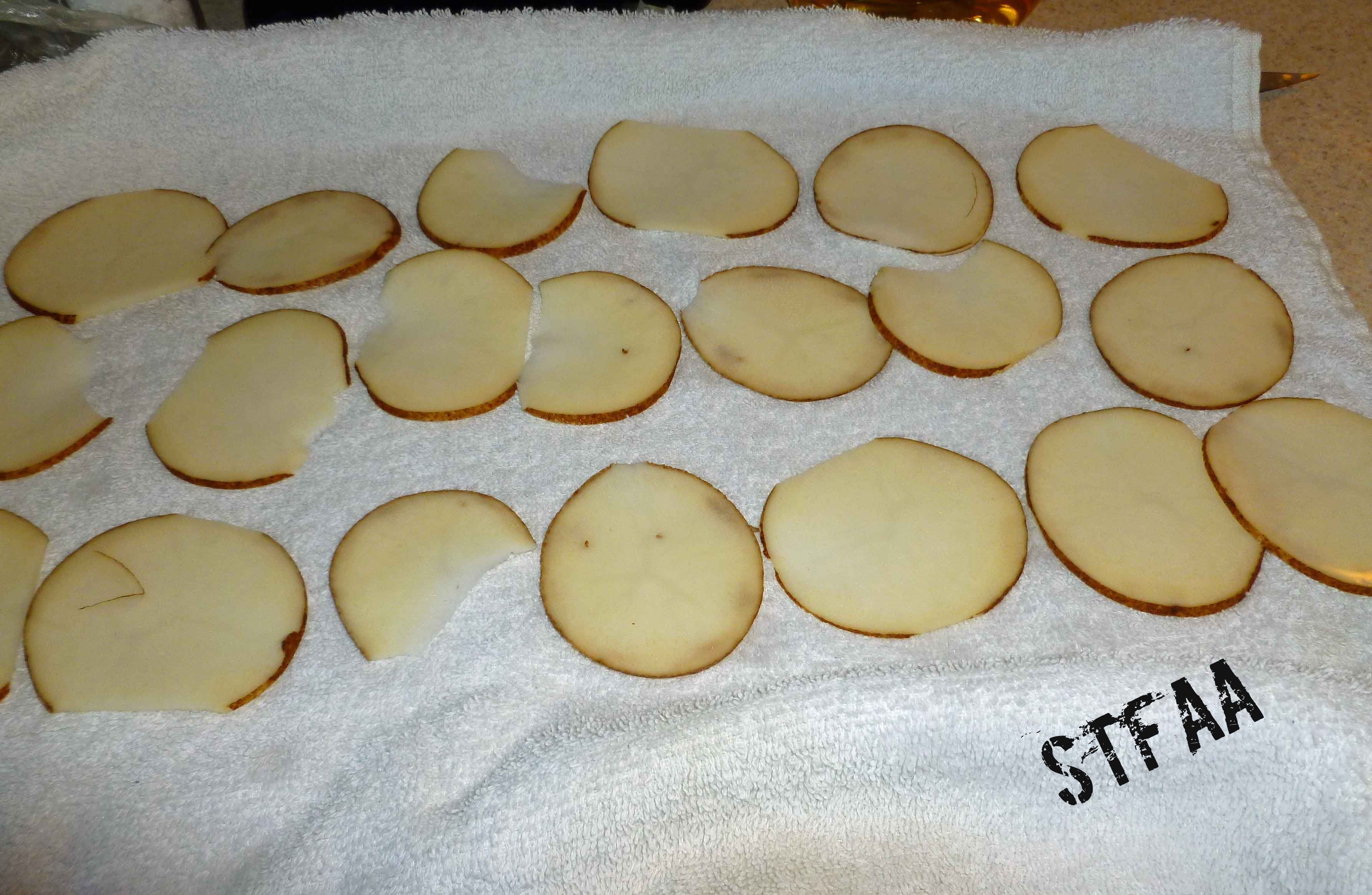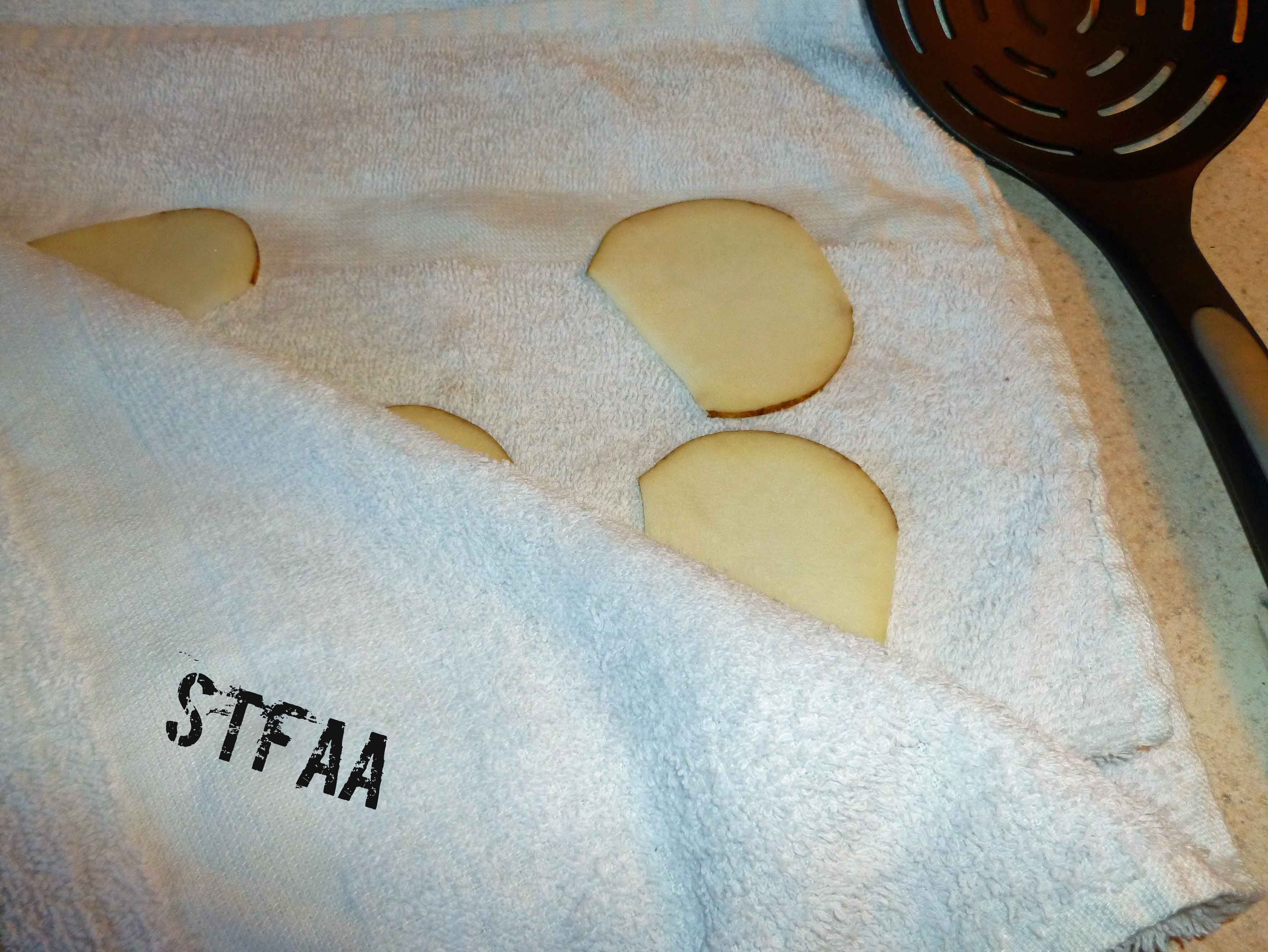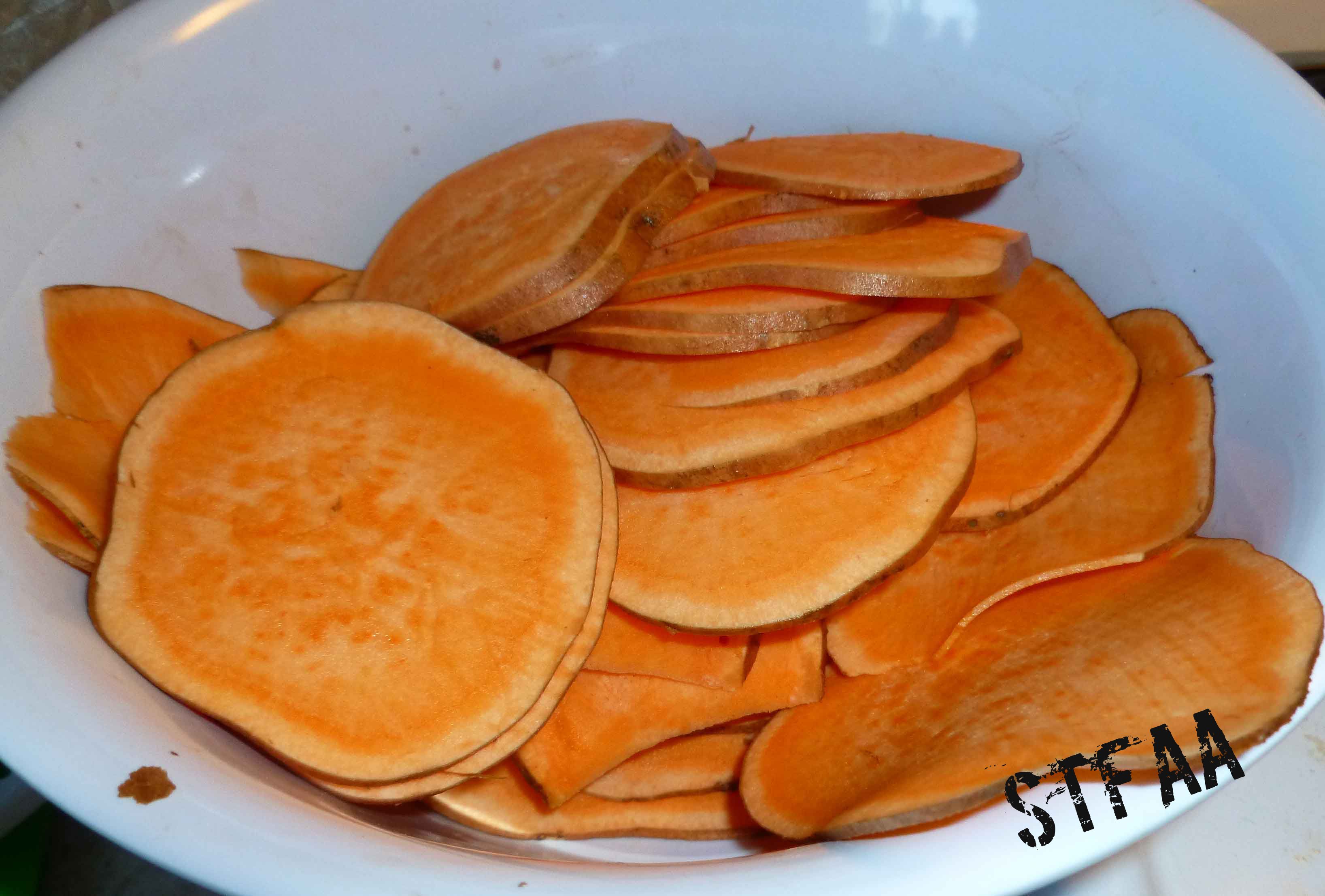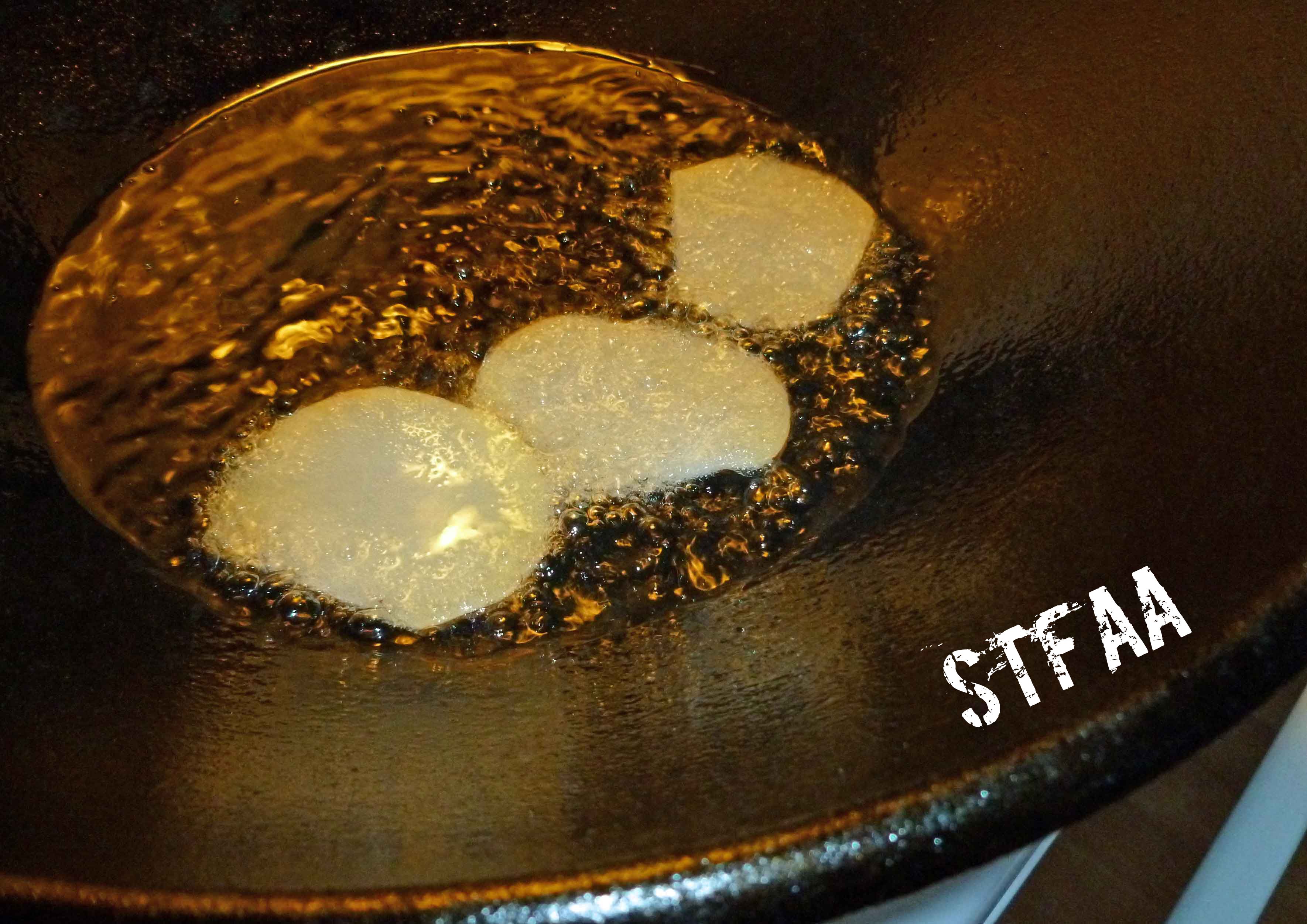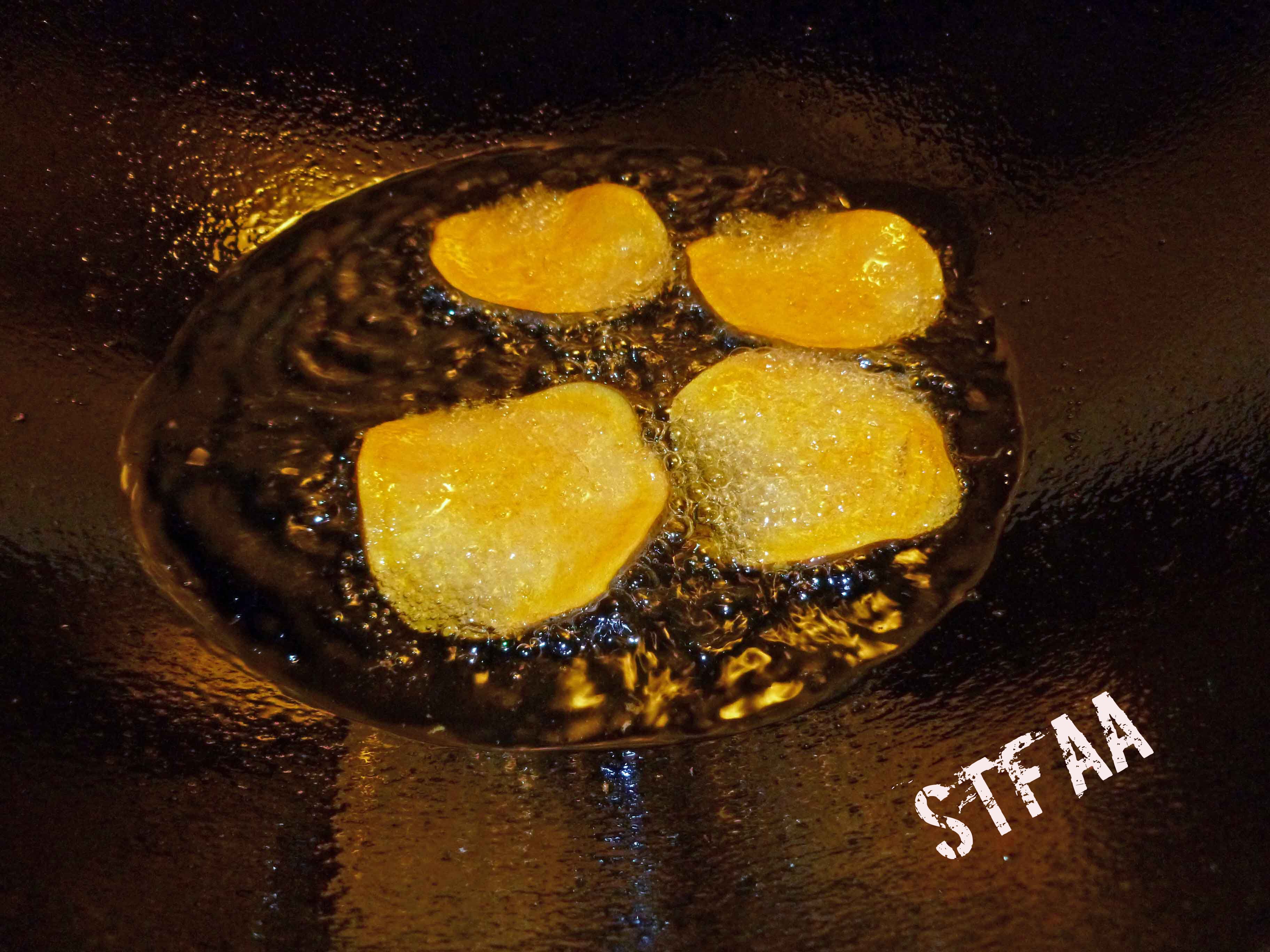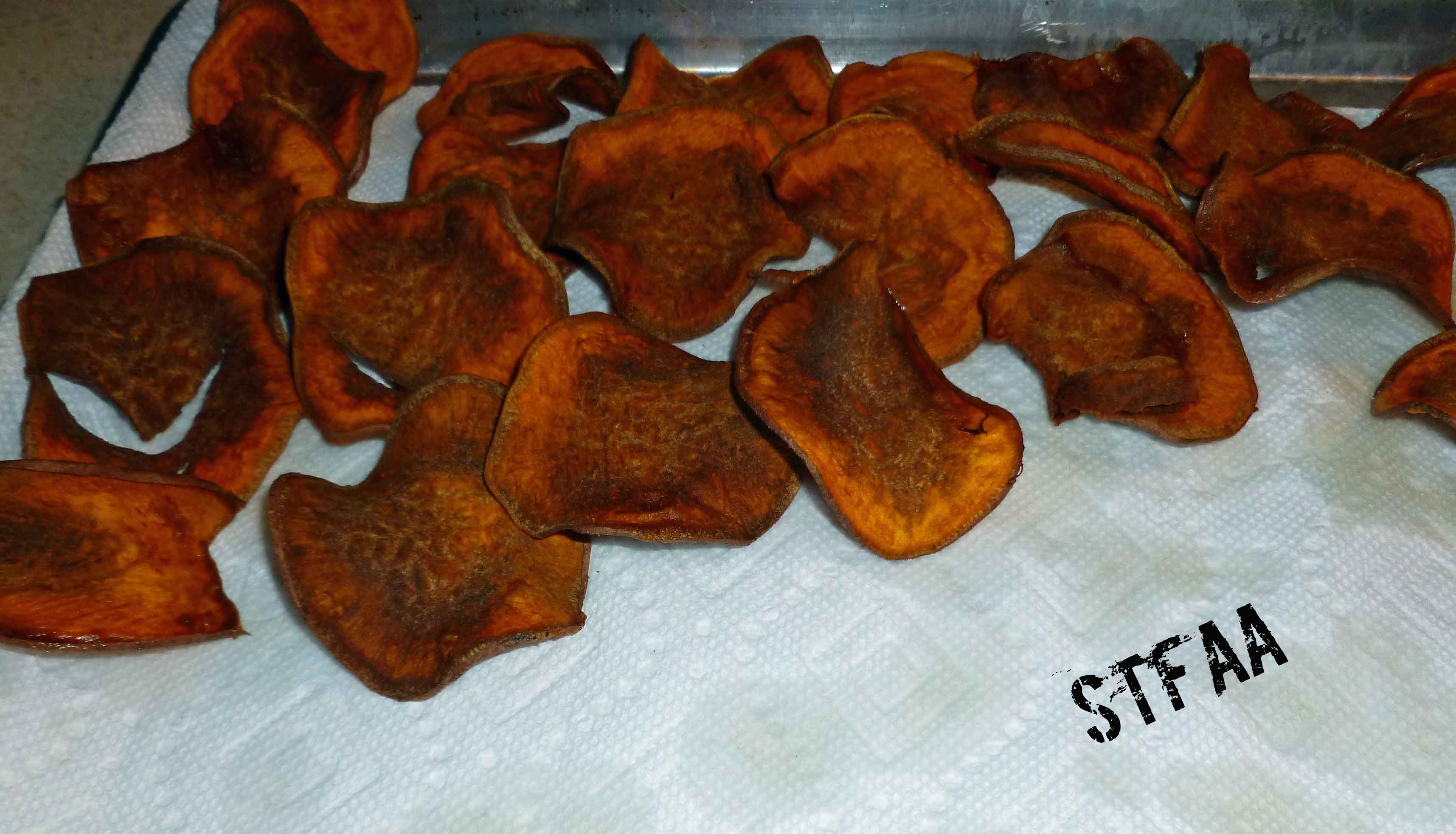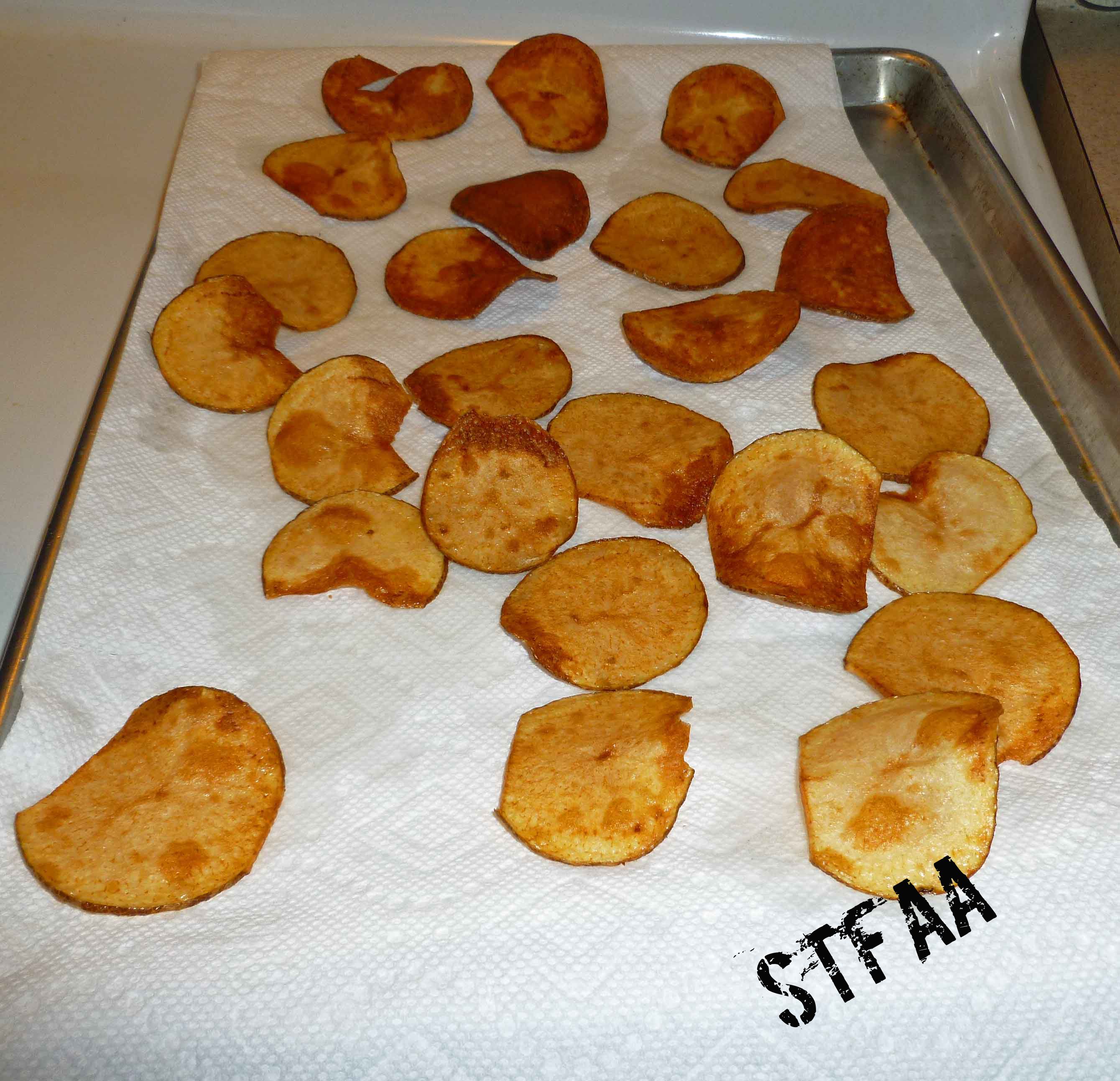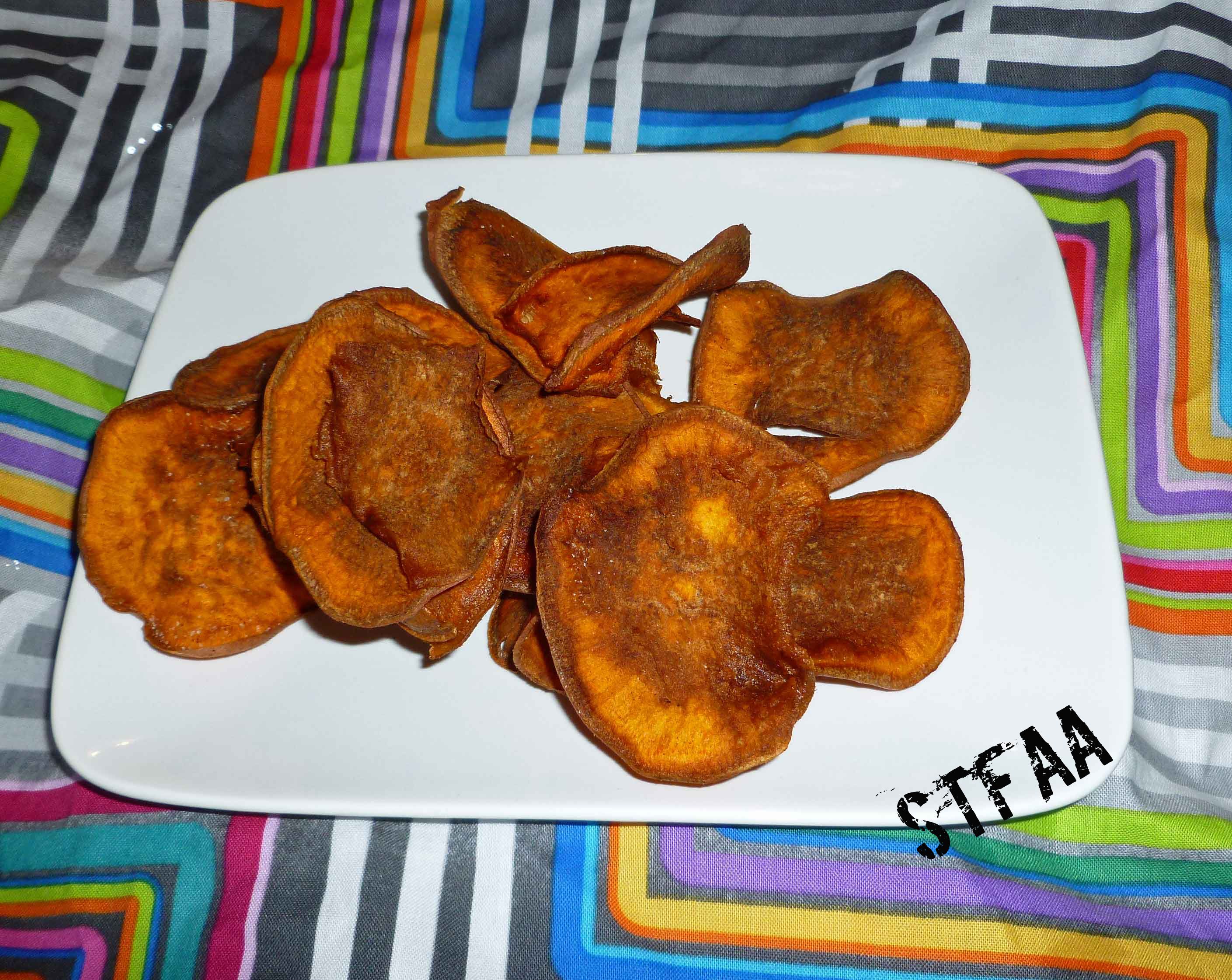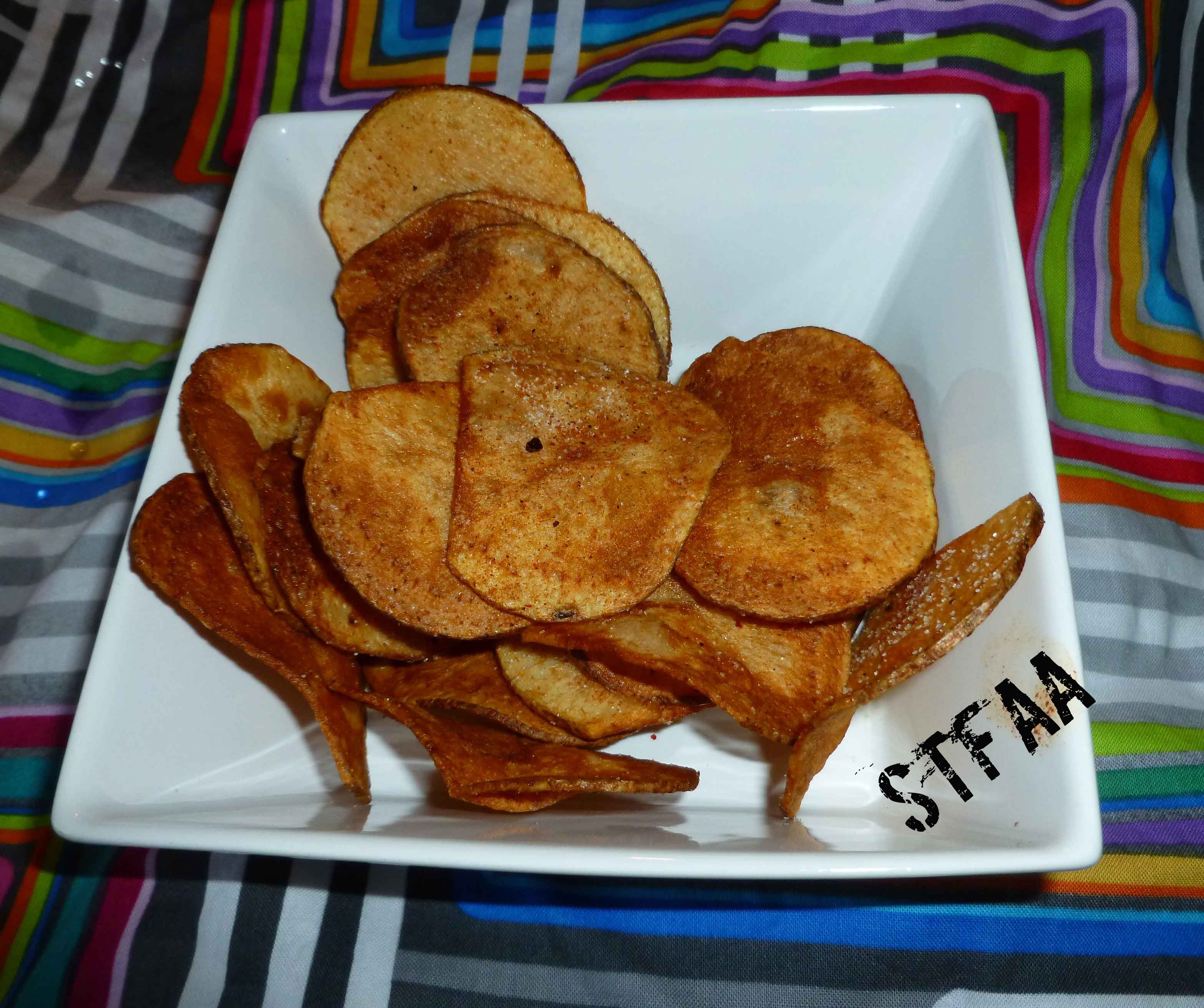My friend Laurie sent me the sample packet of Anti-Grain flours for my birthday, and the first thing that came to mind for apple flour (which is literally just dehydrated apples — an easy ingredient list to tackle) was pancakes. I love pancakes. Denise did pancakes a while back, but I thought pancakes with an apple flour base would be a nice change of pace.
I also wondered if aquafaba (chickpea brine) as an egg replacer might make a lighter, fluffier pancake, than chia or flax eggs. I tried it, but wasn’t thrilled with the results — I mean, it tasted great, but the texture wasn’t what I wanted. So I whipped the brine, which made all the difference. Admittedly, this adds an extra step and an extra bowl to your pancake adventure. As much as I hate dishes (and I don’t own a dishwasher), this extra bowl is worth it.
I’ve used a mix of oat flour and sorghum flour. If you cannot tolerate gluten-free oats, use all sorghum.
Apple Cinnamon Gluten-Free Vegan Pancakes
serves 4
- 1/2 cup gluten-free oat flour (can sub sorghum, if you can’t tolerate oats)
- 1/4 cup apple flour
- 1/4 cup sorghum flour
- 1 Tablespoon tapioca starch
- 1 teaspoon baking powder
- 1/8 teaspoon baking soda
- 1/8 teaspoon salt
- 1 teaspoon cinnamon
- 1 1/2 Tablespoons brown sugar
- 2 Tablespoons oil (I prefer the flavor of coconut, but use what works for you)
- 1 cup non-dairy milk (I generally use almond)
- 1/2 cup of whipped aquafaba foam (chickpea brine whipped into an airy foam)
- Oil for the skillet or pan
Whisk the dry ingredients together.
Add the oil and non-dairy milk and whisk.
Fold in the aquafaba foam.
Heat the skillet or pan over medium heat and lightly oil it. Pour batter in , about 2 Tablespoons at a time. About like this: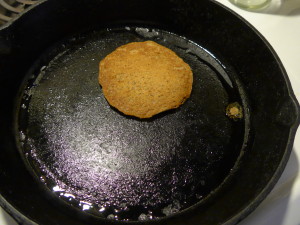
(That’s a 12-inch cast iron skillet, for reference).
When the pancake is slightly dry at the edges, that is usually when you can flip it. I’d give you cooking times, but it seems to vary so much from batch to bath that it’s better to look for doneness. If you want to make all the pancakes and keep them warm, put them in a pan in a low (200ºF) oven to keep them warm.
This makes about 4 servings, depending on how hungry you are. I’m really not sure what a “proper” serving of pancakes is — enough that you’re not hungry when you’re done, I suppose. Top with whatever butter or margarine is safe for you, and maple syrup, if you can have it. Jam is also quite nice on pancakes.
IF you have leftover pancakes, these reheat well, and also taste pretty great cold.
